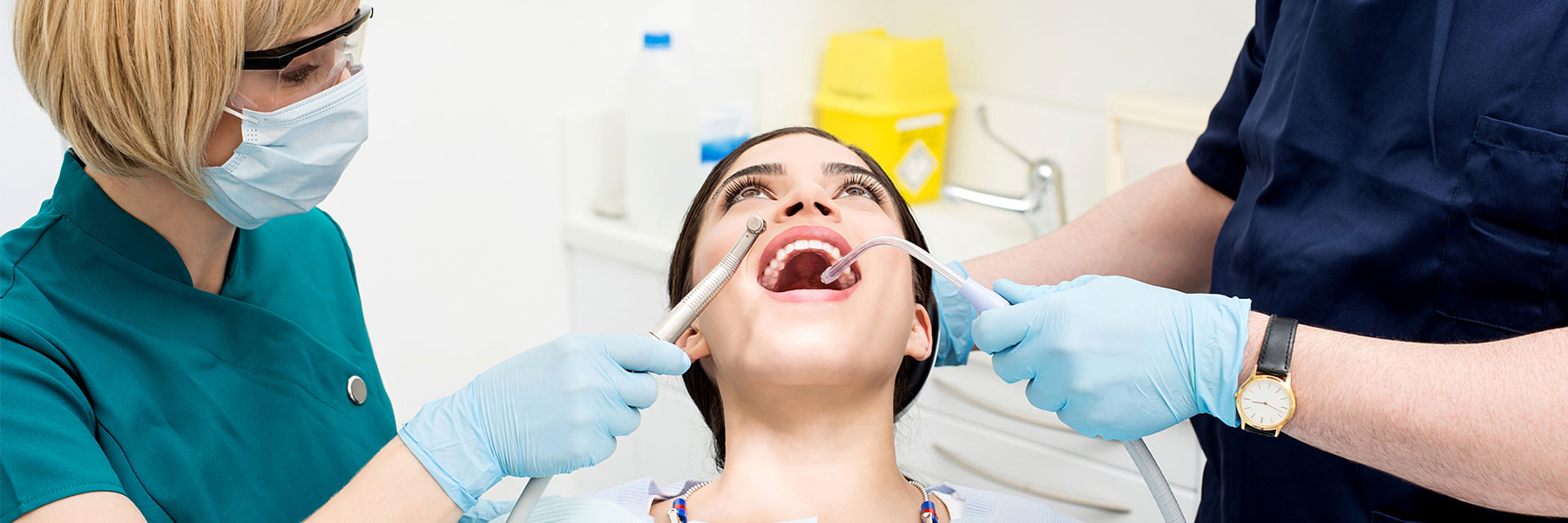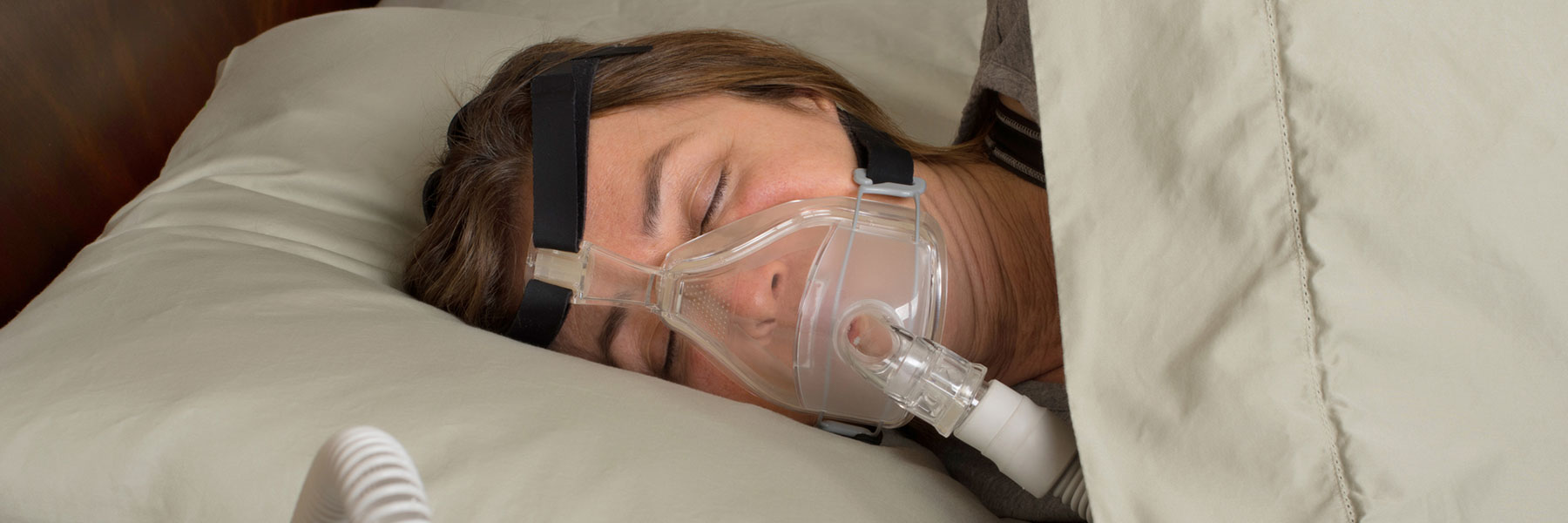Invisalign Near Me | Invisalign vs. Braces: Which One is Best for You
When your dentist recommends addressing crowded teeth or a misaligned bite, you might find yourself wondering about alternatives to traditional braces. Let’s face it, hearing braces-wearing kids in junior high being called “metal mouth” isn’t a fond memory. But braces have come a long way, and when made with modern ceramic material, they’re no longer quite the garish spectacle they used to be. The Invisalign system gives you another option for fixing misalignment without having to deal with all that metal — and it is truly almost invisible.
If you’re considering both braces and Invisalign, you’ll want to do your research, because there are pros and cons to both. The best decision will depend on your individual dental situation and what factors are most important to you. This article will help you evaluate all those factors and give you the information you need to choose.
What are the Differences?
The Invisalign system consists of aligner trays made of BPA-free clear plastic. Each set is created specifically for the individual patient, based on x-rays and impressions of the patient’s teeth. The trays are worn over the teeth, and gently move them toward the correct position over time. An entire set of trays are created, each one positioned closer to the final result, and are changed out every two weeks.
Braces consist of metal brackets glued to your teeth and held together by wires and tiny rubber bands. Braces stay permanently attached to your teeth and are only removed when the process is complete. They’re tightened in the dentist’s office about once a month. Brackets can be made of traditional metal or can be made with ceramic that’s dyed nearly any color you wish — clear, the same color as your teeth enamel, or even fun colors for kids (or adults who want to make a fashion statement!).
Your Dental Situation
The first thing you’ll need to consider is your dental situation — the problem you need to fix. Invisalign treats crowding, gaps, overbites, underbites, and open bites. If you have any of those issues, Invisalign is a good option for you. If you have severely crooked teeth, a cross-bite, malocclusions, or other significant problems, you may need braces. Keenan W. Smith DMD PA is an Invisalign-certified dentist and he will be able to inform you about the severity of your issue and whether Invisalign would be able to solve it.
Appearance
Invisalign wins easily in the appearance category. The trays are truly almost imperceptible, and most people won’t even know you’re wearing them unless you tell them. Ceramic brackets are much less visible than traditional metal, but they are still visible on the teeth, and they do protrude out from the teeth.
Comfort
The Invisalign system is more comfortable than braces for several reasons. The trays are smooth, made of a comfortable BPA-free plastic. With braces, you may experience discomfort from the wires. Patients wearing ceramic braces also often report irritation to the lips and cheeks.
Invisalign trays also completely removable. While you will need to keep your Invisalign trays in consistently, you can (and need to) remove them for eating, drinking (except for water), and brushing your teeth.
Convenience
In the convenience category, neither system has a clear advantage. While braces make brushing and eating challenging (and impossible to consume some foods, like popcorn), Invisalign does require discipline to make sure you’re removing the trays every time you eat or drink anything other than water. This can particularly challenging when you’re eating out or traveling. You also must brush after every single meal during the Invisalign process.
It’s important to note that if you play rough contact sports, your dentist will likely recommend against braces. Invisalign can be an excellent choice for these athletes, if their dental situation allows.
Hygiene
The Invisalign system makes hygiene easy. Brushing and flossing is as simple as if you were not wearing anything on your teeth, because you aren’t — you’re able to remove the trays to brush and floss. With braces, you must work around the wires and ceramic in your mouth, making cleaning a challenge.
Cost
The cost of braces is usually quite a bit less than the Invisalign system. This is the one area where braces win without much dispute. However, there are many ways to receive help paying for Invisalign, including insurance, payment plans offered by your dentist, and CareCredit.
Time
Typically, braces must be worn 24/7 for 2 years. Invisalign is most often recommended between 6 to 18 months, at least 22 hours a day. If speed in solving the issue is important to you, Invisalign can be a good choice.
Success Rate
Finding statistics on success rates is difficult because success rates for both systems depend largely upon the patient. If you don’t wear your retainer like you should, or if you have your Invisalign trays out longer than you should, you won’t experience full success. Invisalign does report a 96% patient satisfaction rate.
The decision between braces and Invisalign really comes down to your own dental situation and what matters to you individually. If you know you’re a candidate for Invisalign and you’re still having trouble making the choice, be sure to discuss the factors that are important to you with your dentist. He or she can help you evaluate each of these factors to make the right decision for you.
Invisalign Near Me
Keenan W. Smith DMD PA is an Invisalign-certified dentist located in Greenville, SC on Woodruff Rd. Call today at (864) 729-8661 for a consultation to see if Invisalign is a good fit for your dental situation.








